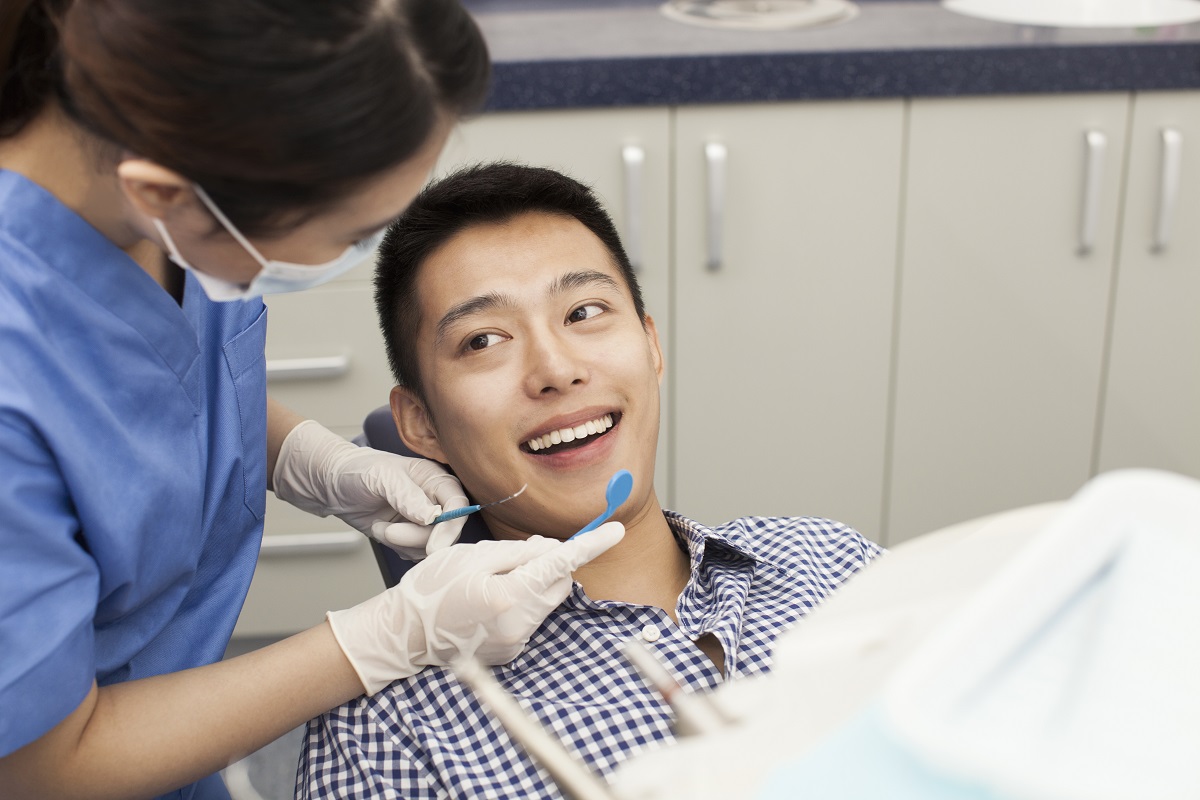Many individuals feel anxious or scared about seeing the dentist, especially if it’s been a long time since their last check-up.
These feelings come from not knowing what to expect. This article will discuss what you should anticipate and how you can make your dental appointment less nerve-racking with valuable tips.
Choose your appointment time wisely
If you have work responsibilities and children to pick up from school, don’t schedule an appointment in the busiest time of your day. Arriving at the dental practitioner already stressed and with things to do afterwards is less than ideal.
Instead pick a time where you have a gap, rescheduling meetings, or taking a half day’s leave might be necessary if the visit is more than a routine check-up. An appointment at the end of the day might be the most suitable, as you can head straight home afterwards.
Know what to expect
If it’s been a while since your last visit, you might not know what these procedures entail. A local dental practitioner and hygienist will perform the following tasks.
Medical assessment
You’ll sit down with your oral health practitioner to discuss your medical history. Take this time to mention your concerns and make sure you divulge essential details, such as your allergies, any new medication you’re taking, and if you’re pregnant or suffer from pre-existing medical conditions.

Teeth cleaning
You’ll be asked to take a seat in the dentist’s reclining chair, where a paper is placed over your chest. Looking around the room, you might notice a metal bowl with tools inside it. Don’t be alarmed; these are standard cleaning tools that an oral hygienist uses to scrape plaque from your teeth’s surface and gum line. Following that, any excess food stuck between your teeth is removed with floss.
A tooth polisher is then used, which leaves your teeth feeling smooth and looking extra shiny. The soft feeling doesn’t just feel good against your tongue; it also helps prevent germs accumulating on your teeth between dental check-ups.
A full examination
An oral hygienist usually performs the above tasks. Once your teeth are sparkling and clean, a dental practitioner takes over to check on any problem areas of your teeth. Tools that are used include specialised mirrors that assist the dentist with checking behind and between your teeth, gums, and to see whether the hard parts of your teeth, which includes the dentine, are softening.
Your gums are looked over to see if they’re swollen or red. An instrument called a periodontal probe is used to check how deep your gum pockets are. Healthy gums are between one and three millimetres in diameter, anything more than that and you might have contracted gum disease.
What if there’s a problem?
Understandably, you’d want to walk out of the dental clinic disease and cavity free, which isn’t always possible. If there’s a problem, your dentist will schedule a follow-up appointment. Remember that it’s better to tackle these dental issues when they’re first identified before they transform into more extreme conditions that are challenging to have treated.
As nervous as you might feel, have peace of mind that you’re in capable hands.

